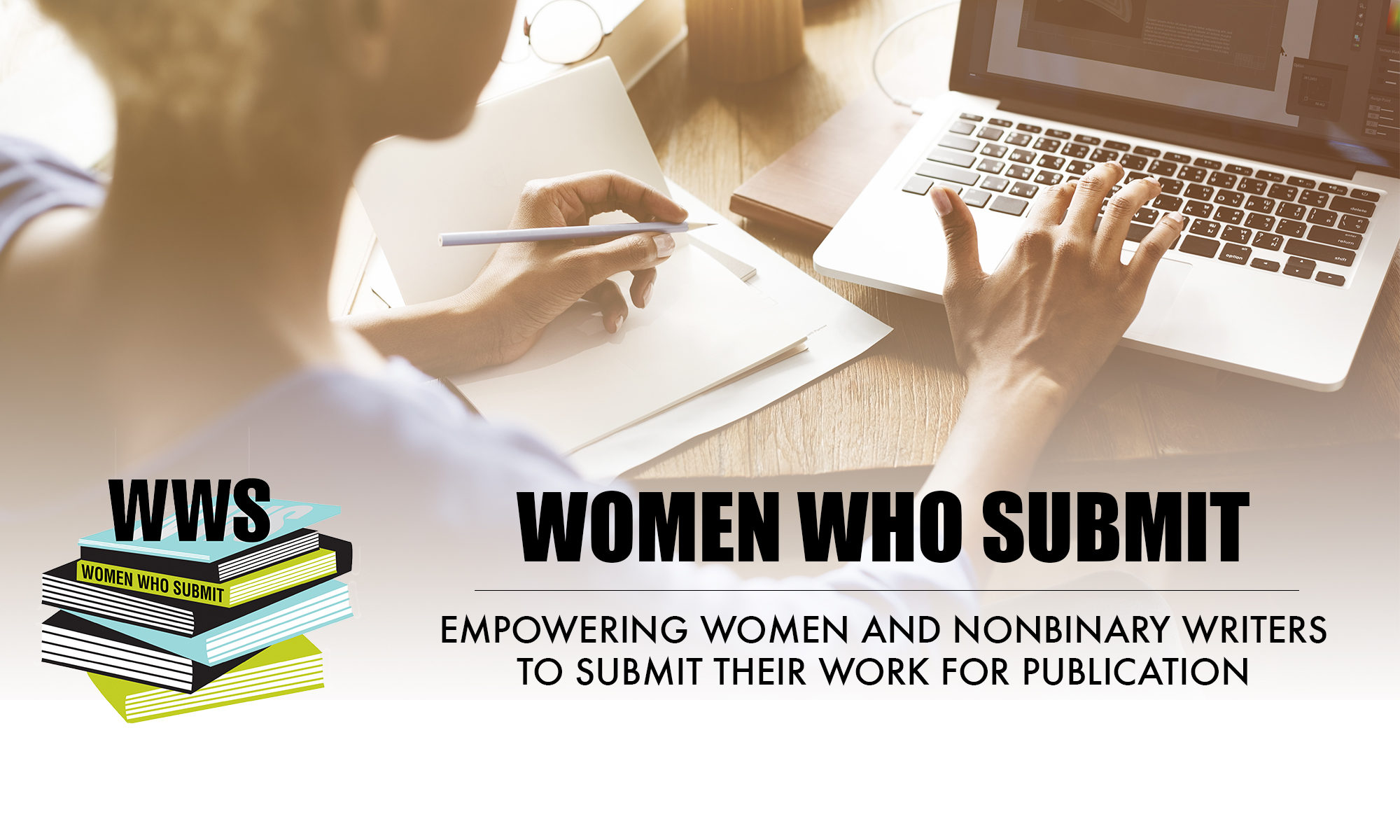By Noriko Nakada
This week there is another name to say.
Stephon Clark.
When the news breaks, it’s not because of the shooting. Police shootings like this happen with frightening frequency. What makes the news is the outrage, the crowds of protesters gathering around the city, shutting down freeways and sports arenas. It is the people who refuse to accept this familiar outcome that makes headlines.
I hear only the basics: he was unarmed. He stood in his grandparents’ backyard. He was shot twenty times. Protesters are calling for accountability; for justice.
Then, I look away. How many of you have looked away? It is hard to watch. To keep watching.
I listened to 911 tapes after Trayvon Martin. I read about George Zimmerman. I tried to understand Stand Your Ground laws. I couldn’t stop hearing Trayvon’s voice. And then there was a trial and a familiar, unfathomable verdict.
After Trayvon there was Eric Garner, Michael Brown, Ezell Ford, Tamir Rice, Walter Scott, Freddie Gray, Rekia Boyd, Sandra Bland, Jamar Clark, Philando Castille, Alton Sterling, Jordan Edwards.
Say their names.
But there are too many others, so many others. These are the ones we hear about, the ones with accompanying video evidence or narratives to ignite rage. How many others are quietly laid to rest as families mourn and wonder, who will say their names?
This week it is Stephon Clark.
His posthumous trial is familiar. We have seen all of these victims dragged in the media to explain the inexplicable truth of police brutality. I look away. I slip from the image of Stephon with his children and dive into Patrisse Khan Cullors’ memoir: When They Call You a Terrorist. In these pages, the darkness is illuminated. The systemic terrorism unleashed on the poor, on communities of color, on the mentally ill is brought to light in Cullors’ blinding account of her brother’s treatment by police, and sheriffs, and the prison industrial complex.
And with Trayvon’s death and then Michael Brown’s, Cullors helps start a movement. She hashtags #BlackLivesMatter and this takes me back to the summer after Alton Sterling and Philando Castille when I walked LA’s streets with BLM Los Angeles and filled my mouth with their names and allowed my voice to demand that Black Lives Matter.
With Cullors’ leadership, in an organization that is revolutionary in its demands for justice and healing, I can see light. There is so much darkness, but if Cullors can bring light, we can follow, and we must look for ways to write our way out.
This new model for organizing, one that is more inclusive and decentralized, has clearly influenced the young people from Marjory Stoneman Douglass High School whose response to tragedy was to organize. They are young, but they consistently acknowledge their privilege and they share the stage. They acknowledge that their voices are being heard, while young activists from communities of color, long-impacted by gun violence, have been ignored and silenced.
This new brand of activism demands we look at privilege and power in our country and demand change. With the actions in Sacramento ringing out Stephon Clark’s name, and with marches all over the world demanding gun control, there is light to guide us out of the dark and many who are ready to follow.
 Noriko Nakada edits the Breathe and Push column. She writes, parents, and teaches middle school in Los Angeles. She is committed to writing thought-provoking creative non-fiction, fiction, and poetry. Publications include two book-length memoirs: Through Eyes Like Mine and Overdue Apologies, and excerpts, essays, and poetry in Lady Liberty Lit, Catapult, Meridian, Compose, Kartika, Hippocampus, The Rising Phoenix Review, and Linden Avenue.
Noriko Nakada edits the Breathe and Push column. She writes, parents, and teaches middle school in Los Angeles. She is committed to writing thought-provoking creative non-fiction, fiction, and poetry. Publications include two book-length memoirs: Through Eyes Like Mine and Overdue Apologies, and excerpts, essays, and poetry in Lady Liberty Lit, Catapult, Meridian, Compose, Kartika, Hippocampus, The Rising Phoenix Review, and Linden Avenue.

